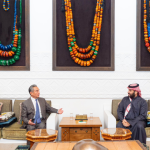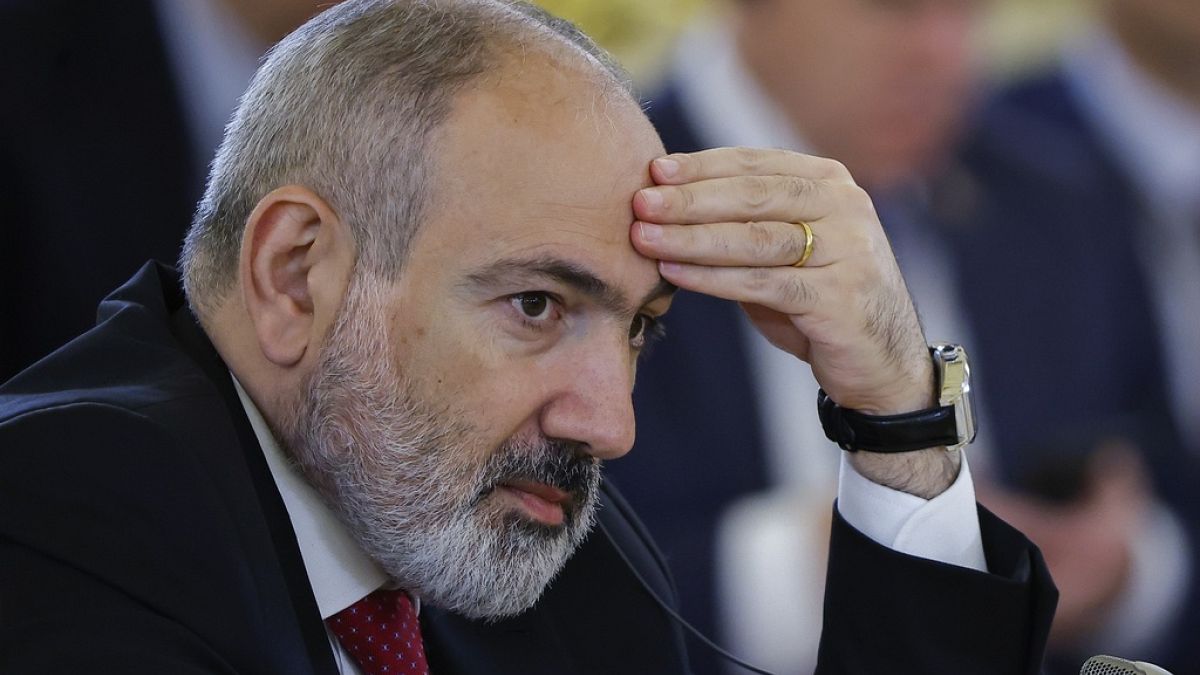In Armenia, thousands of protesters took to the streets in Yerevan to demand the resignation of Prime Minister Nikol Pashinyan. This move came after his government’s decision to hand over control of border villages to Azerbaijan, following a military campaign by Azerbaijan in Nagorno-Karabakh. The protesters, led by a senior cleric from Armenia’s church, marched 160 kilometers from villages near the border to Yerevan, where they gathered in Republic Square. Videos on social media captured the rally, with protesters waving Armenian flags and demanding Pashinyan’s resignation.
During the protest, Archbishop Bagrat Galstanyan gave Pashinyan one hour to resign, holding him responsible for the loss of Armenian territory. He urged the protesters to engage in peaceful acts of disobedience if their demands were not met. Pashinyan, on the other hand, visited Moscow to meet with Russian President Vladimir Putin amid escalating tensions between the two countries. Putin and Pashinyan agreed to the removal of Russian forces from some Armenian regions during their talks.
Despite growing bilateral trade, Putin acknowledged security issues in the region during his meeting with Pashinyan. Armenia, on the other hand, announced that it would stop paying fees to the CSTO, a Russia-dominated security pact, while Pashinyan seeks to strengthen ties with the European Union and NATO. This move reflects Armenia’s efforts to balance its relationships with Russia, the EU, and NATO. The ongoing protests in Armenia highlight the political turmoil and dissatisfaction with Pashinyan’s government’s decisions, especially regarding border control.
The protests in Yerevan come after Azerbaijan’s military campaign in Nagorno-Karabakh, which resulted in the displacement of tens of thousands of people to Armenia. This move sparked demonstrations in the country as protesters called for Pashinyan’s resignation. The protesters’ demands, led by a senior cleric, emphasize the discontent with the government’s decision to hand over control of border villages to Azerbaijan. The protesters demand accountability from Pashinyan for the loss of Armenian territory and urge him to step down to address the political turmoil in the country.
As tensions between Armenia and Russia escalate, Pashinyan’s visit to Moscow and his meeting with Putin aim to address security issues in the region. Despite their discussions on the removal of Russian forces from certain regions, Armenia’s decision to stop paying fees to the CSTO indicates a shift in its security alliances. Pashinyan’s efforts to strengthen ties with the EU and NATO suggest a desire to diversify Armenia’s international partnerships. The ongoing protests underscore the challenges faced by Armenia’s leadership in navigating its relationships with regional and global powers amidst political unrest.











